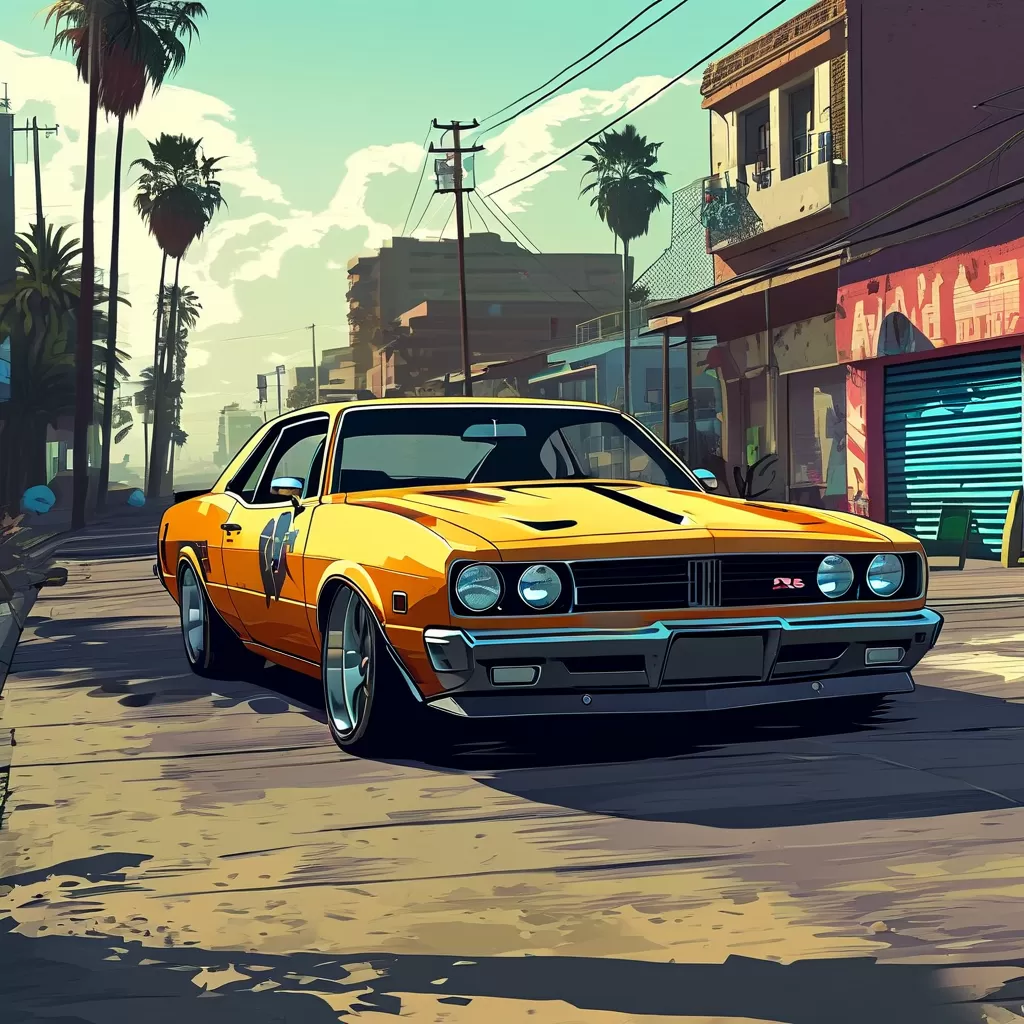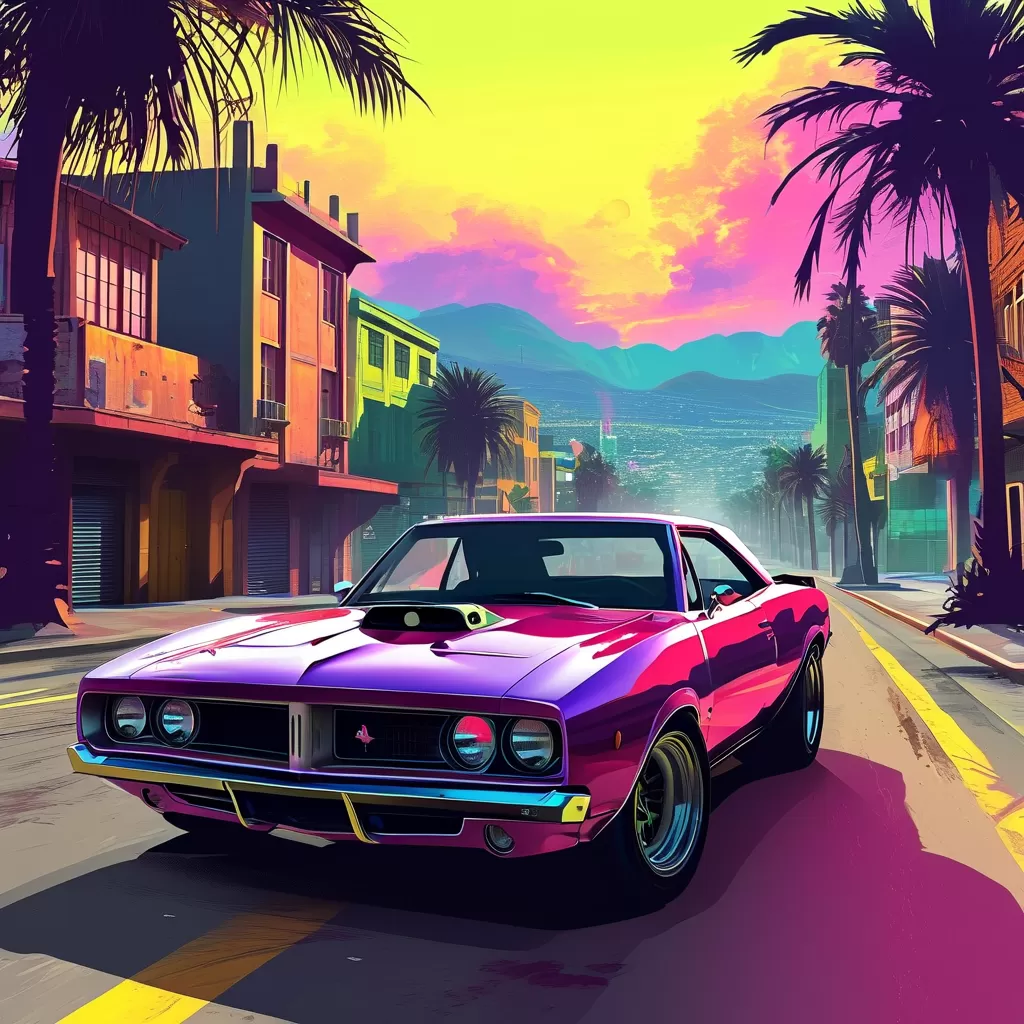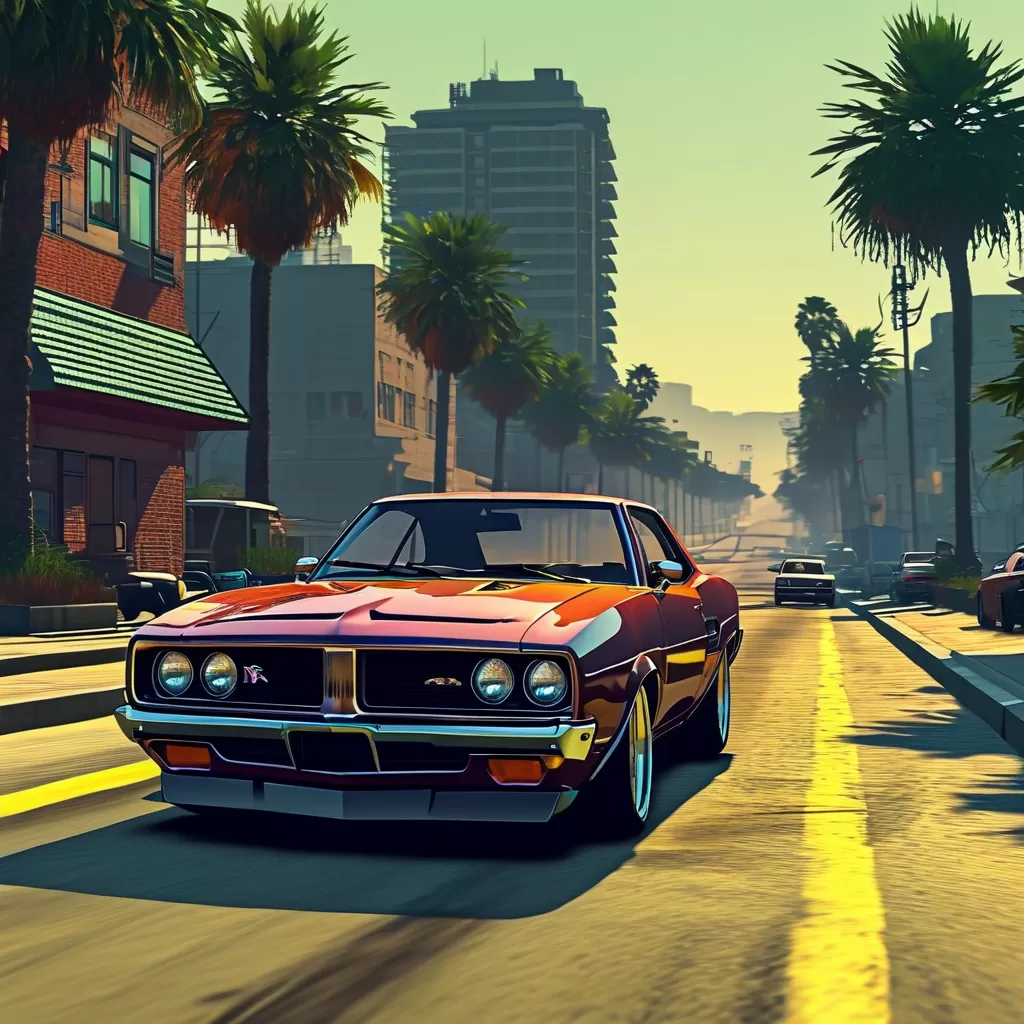Table of Contents
GTA San Andreas: The Ultimate Guide to Iconic Moments and Revolutionary Impact
Within the expansive, ever-evolving universe of video games, few titles leave an indelible mark quite like Grand Theft Auto: San Andreas. Released a staggering two decades ago in 2004, this seventh main entry in the Grand Theft Auto series not only redefined what an open-world action-adventure game could be but also became a cultural phenomenon in its own right. Developed by Rockstar North and published by Rockstar Games, GTA San Andreas wasn’t just another entry in a successful series; it was a statement. It offered a vastly scaled world, a compelling narrative deeply rooted in American socio-political themes, and gameplay mechanics that pushed the boundaries of the time.
The Grand Scale and Immersive World: A New Frontier
Before San Andreas, the Grand Theft Auto series had established a reputation for creating detailed, albeit often city-sized, virtual playgrounds. However, GTA San Andreas took this concept to a level never seen before. The game presented players with a virtual recreation of the entire state of San Andreas, encompassing three distinct and vibrant cities: Los Santos (a direct parody of Los Angeles), San Fierro (a nod to San Francisco), and Las Venturas (modeled after Las Vegas). This wasn’t just about having more miles of road; it was about creating a state, a place with its own unique geography, diverse climates (from sunbaked deserts to snowy mountains), and sprawling urban centers.
The attention to detail was revolutionary. Players could explore vast highways leading across the state, drive through desolate canyons, or navigate the dense traffic of the city streets. The visual fidelity, while perhaps dated by today’s standards, was cutting-edge at the time, bringing a level of realism previously unseen in games of its scope. The world wasn’t just a backdrop; it was a living, breathing entity that players could truly lose themselves in. This massive, interconnected open world provided countless hours of exploration, discovery, and the freedom to simply drive aimlessly across its landscapes, setting the stage for the countless memorable moments that would follow.
The freedom of movement was also enhanced. While predecessors featured driving, walking, and sometimes cycling, San Andreas solidified these core mechanics, making them integral to the experience. Climbing onto buildings, scaling fences, or simply jumping into a vehicle became second nature. The sheer scale allowed for emergent gameplay – moments where players stumbled upon unexpected situations because they simply decided to go somewhere they hadn’t planned to go. This vastness, this freedom, was a cornerstone of the game’s appeal and its lasting legacy.
Carl Johnson’s Story: A Tale of Crime, Redemption, and the American Dream
At the heart of GTA San Andreas‘ enduring appeal is its narrative, centered around the protagonist, Carl Johnson, or “CJ” as he’s known throughout the game. CJ’s story is deeply personal and resonates on a level beyond typical game plots. Returning to San Andreas in the early 1990s, CJ finds his mother, Big Smoke, murdered. As he tries to piece together the events leading to her death, he’s framed for murder and forced into the criminal underworld he once left behind.
The story unfolds across the three cities, mirroring the societal struggles often depicted in the Grand Theft Auto series – gang violence, poverty, corruption, and the pursuit of power. CJ doesn’t just become a gangster; his journey is driven by a desire for redemption and to provide a better life for his family, who are scattered and suffering because of his perceived failure. This personal stake makes CJ relatable, even as he navigates a world filled with violence and betrayal. GTA Vice City: A Retro Adventure Worthy of Your Time

As CJ progresses, he doesn’t just climb the ranks of a gang; he builds an empire. He starts with small-time activities, dealing drugs, running protection rackets, and eventually, taking control of major factions like the Ballas, Vagos, and Norteños. His rise is marked by strategic thinking, often unconventional, and a growing sense of responsibility. The story isn’t just about CJ’s ascent; it’s also about the relationships he forms, the friends he gains and loses, and the difficult choices he must make along the way.
Rockstar masterfully wove CJ’s personal journey into the fabric of the open world. His quest objectives often involved specific locations in each city, driving players across San Andreas to experience different facets of his story. The narrative wasn’t linear; it branched out, allowing players to interject their own actions and choices into the unfolding drama. CJ’s story provided context and emotional weight to the often chaotic and violent world Rockstar created, transforming GTA San Andreas from a mere sandbox into a compelling character-driven epic.
Iconic Moments and Gameplay: The GTA Experience Refined
While the world and story were groundbreaking, the gameplay in GTA San Andreas was also significantly refined, building upon the foundation laid by its predecessors while introducing new elements. The core Grand Theft Auto gameplay – driving, shooting, stealth, and mission completion – was present, but executed with polish and expanded depth. Unlock All GTA 5 Secrets & Cheats Instantly for PC, PS5, Xbox!
Driving: While often remembered for its revolutionary scale, the driving mechanics in San Andreas were a mixed bag for some players compared to later iterations. Controls felt a bit more arcadey, and vehicles could sometimes handle in unexpected ways. However, the sheer freedom to drive anything from a beat-up Honda Civic to a speeding bullet train across the state’s varied terrain was a core pillar of the experience. Stunt driving earned “stunt cash,” adding a layer of reward for skillful driving maneuvers. The iconic car models, like the Lamborghini Reventón, became status symbols within the game’s world.
Shooting and Combat: The combat system involved aiming with a reticle and firing at enemies. While perhaps less nuanced than modern games, it provided visceral feedback for encounters. Stealth was a viable option, allowing players to take out targets silently or avoid combat altogether. The use of weapons ranged from handguns and shotguns to sniper rifles and explosives, all obtainable through missions or the in-game economy. What Will GTA 6 Cost? Inside the Price Speculation and Official Details

Role-Playing Elements: This is where San Andreas arguably innovated. CJ earned money from missions, side activities, and stunts. This currency could be used to upgrade CJ’s appearance (clothes, hair, car colors), buy properties (houses and businesses), or invest in his criminal enterprises. Crucially, CJ’s skills – things like driving, shooting, and mechanics – improved as he completed various activities, making him better suited for tougher missions and challenges. This focus on skill progression and managing a criminal empire added significant depth to the gameplay loop.
Iconic Moments: Beyond the main storyline, San Andreas is littered with memorable moments and side activities. From the infamous Game Over screen (a stark reminder of the consequences of failure) to exploring hidden locations, completing absurd side quests, or just cruising through scenic viewpoints, players experienced countless moments that defined their relationship with the game. The sheer volume of content, including missions, radio broadcasts, and the persistent online servers (like Sanny Builder), ensured that the game remained a living entity long after its initial release.
The Lasting Legacy: Why San Andreas Still Matters
GTA San Andreas wasn’t just a hit upon release; it remains a benchmark for open-world design and narrative integration in video games two decades later. Its influence is undeniable:
- Setting the Standard: It proved that massive, persistent open worlds could be both commercially viable and offer unparalleled freedom to players.
- Cultural Impact: CJ’s story, the detailed world of San Andreas, and the game’s music (featuring artists like Dr. Dre, Tupac Shakur, and Snoop Dogg) permeated popular culture, spawning countless memes, fan creations, and a dedicated modding community that keeps the game alive.
- Gameplay Evolution: While mechanics have evolved, the core Grand Theft Auto loop – exploring, completing missions, engaging in combat, and managing a character’s growth – owes much to San Andreas’ structure.
- The Power of Parody and Social Commentary: The game masterfully blended dark humor with serious themes, using its parody cities to comment on real-world issues, a formula refined in subsequent entries.
Rockstar’s ambition with GTA San Andreas was immense, and they largely delivered. While some players might point to minor flaws in controls or certain aspects of the story pacing compared to later Grand Theft Auto titles, the impact and legacy of San Andreas are immeasurable. It wasn’t just a game; it was an experience. It offered a world so vast and detailed, a story so personal and impactful, and a gameplay loop so engaging that it captivated millions and continues to be celebrated by gamers worldwide
